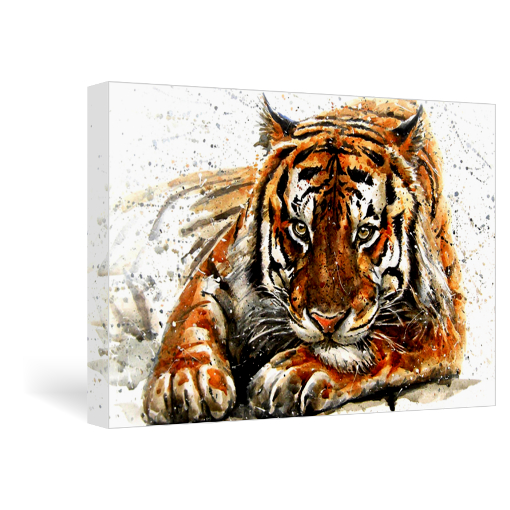Submitting your image files online is relatively simple and should not require you to do anything special for the file. Often customers do things to their files intentionally which they think will yield a better print but more often than not will hinder the process of uploading their files or even getting the best print possible. Here I share a few tips to make sure that your file is optimal for printing. Generally none of these things will harm your print but neither will they improve the output.
First let’s do away with the notion that your file “must” be a “TIF” rather than a “JPG”. Yes, a JPG file will compress the image file but if it is saved at it’s highest quality setting you won’t need to worry about any problems in the print quality. I don’t say this lightly. I have tested this in the past and seen plenty of examples over the years which dispels the notion that a TIF file automatically improves the quality of the print. The biggest benefit is the file size will be much smaller and take less time to upload. A JPG file is smaller because it is a compressed file. Most programs allow you to set the amount of compression. If you save it with the least compression or highest quality (depending on your software) the amount of compression will not be visible within the image. It’s only when you take a JPG and resave it over and over again that you start to see potential problems with the file. A good analogy is a printed image on paper that is folded over itself each time it is saved. It gets smaller and smaller each time but more fold creases would be visible in the paper. The good news is that we don’t re-save image files which are uploaded. We convert them to an uncompressed format for our printers. THis means the file does not go through any compression phase when we get it.
Convert your file to RGB if it in CMYK. A CMYK file will be larger than RGB. A CMYK file will be larger but may also yield less color. CMYK has it’s place it certain type of printing where color separation is necessary but not necessarily with the giclee printing we do. In a best case scenario you will be just as good a results if you submit a CMYK file for printing because our internal software does a better job of handling them but occasionally we do see problems with the image loosing some of it’s depth of color. But if you see that your colors are muted, usually looking substantially less vibrant this could be the cause.
If your file is 16 bit, you can downsize it to 8 bit. Yes, 16 bit has more data and you may see things like smoother gradients on screen but because a print has a fraction of the color a screen can display you probably will not see any benefit in a hard copy print. The file simply is made larger.
You may need to decrease the dimensions of the file. Every week we have someone ask us if they should get the scanner that scans their artwork at 2400 pixels per inch or if they need something that scans at a higher resolution. My answer is simply that 2400 pixels per inch is way more then you need. 2400 pixels per inch means your image file would consist of 2400 pixels across and down for each inch your image is printed at. Where I think people get a little confused is they know our printers print at a much higher resolution than 300 “dots” per inch but as I have said in the past, it is not a one to one correlation. Printers don’t print in a grid like fashion. It’s more of a spattering of overlapping inks droplets at different densities. So don’t worry about it if your file is “only” 300 pixels per inch at the intended print size. The reality is anything 150 to 300 yields excellent results. Fore more about printer resolution versus image file resolution please visit my post titled “Printer Resolution vs Digital Image Resolution”.
https://finerworks.com/theo/blog/an-artists-guide-to-digital-printing/printer-resolution-vs-digital-image-resolution/
One common denominator with these is that they all make the file larger and more difficult to work with. Programs like Photoshop do a great job of handling and converting these files so optimizing your file for print is easy to do. In all likelihood you will not experience any problems if you submit a file that is not a JPG, CMYK, 16 bit or overly high in the resolution category but some of those options are unnecessary options if trying to get the best print possible.
Order Giclee Printing on Canvas
Printed using some of the highest archival standards in the industry, your photos or artwork will last for decades to come.
